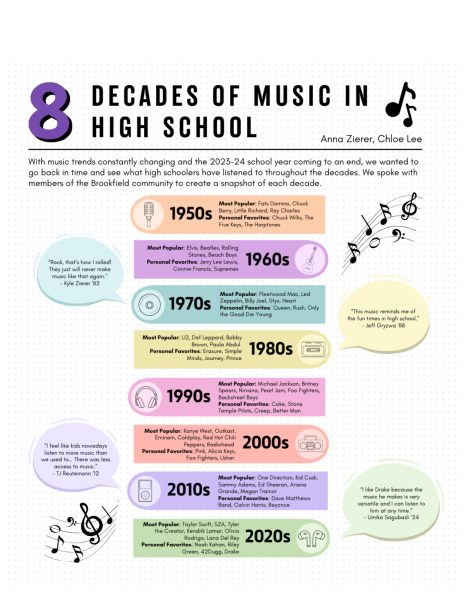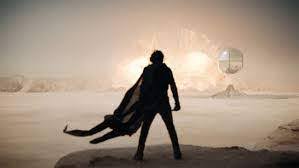Black ice? Drive nice
One of the first of many snowfalls occurred Nov. 15 in Southeastern Wisconsin. With a fresh new coat of snow on the ground, many drivers and pedestrians are at risk from not only snow but black ice as well.
Black ice is a thin layer of ice on the ground. It is not actually black but rather, it is transparent; however, it is the cement on the ground that makes the ice seem black. This is dangerous for pedestrians and drivers around because of the damage it can cause.
Drivers already have to drive carefully on the snow-covered ground, and with ice that is not easy to be seen, this causes even more danger on the road. Pedestrians are also at risk of black ice.
“I haven’t been involved in an accident caused by black ice but I have slipped twice on black ice,” said May Vang, a mother of a Brookfield Central student.
While more experienced drivers have had practice and experience to drive through the troubling snow and ice, less experienced drivers may struggle.
“My car has slid before,” Andy King (’16) said. “I was driving in a neighborhood when the car slowly started sliding for no reason.”
Teenage drivers are often considered to be “reckless” by other more experienced drivers. When asked of teen drivers, there were many responses that stood out.
“Always; teen drivers are reckless, as I have witnessed on the BC parking lot,” Vang said, “I don’t know if they (teens) themselves are aware of the dangers of snow and black ice.”
When it seems like teens are unaware of the dangers of snow, there are some who are very aware of the snow.
“I remember when my mom told me that it is way different driving in the winter than any other season,” said King, “I was always afraid of getting my car stuck, but it has not happened yet.”
Not only does snow and black ice affect the way drivers have to drive, but they affect tires too. In consideration of how new some tires are, they may have a different traction each year. For example, for a new set of tires in one winter season, the car might drive differently the next winter season due to the wear and tear of the times throughout the rest of the year.
“If the tires’ treads are worn out, you have less traction when driving on top of the snow,” said Vang.
This is also a danger for teen drivers. They might have had a handle during their first winter season but if they have older wheels the next winter, it could mean learning how to drive all over again.
“You have to slow down earlier than normal so you do not slip and you have to be cautious of other drivers,” said King when asked of how different driving in the snow is than on dry streets.
While snow looks nice to play in (and sometimes to eat), it is a danger for drivers and pedestrians. It is good to know that there are other drivers looking out for one another and that people do take precautions, but snow and black ice are both still very hazardous.
“With every fresh new coat of snow, there is black ice,” said Vang. “With black ice, there are the risks of slipping. The only thing we can do is to be safe and look out for others.”











